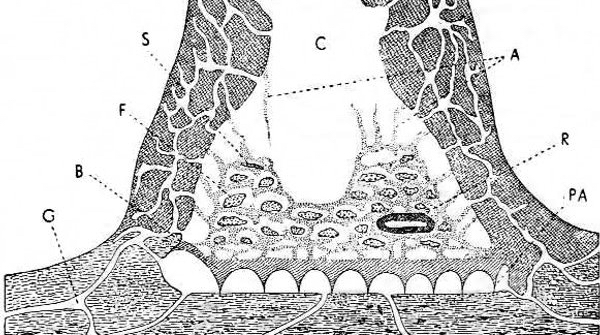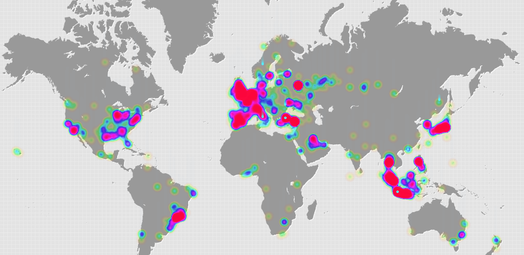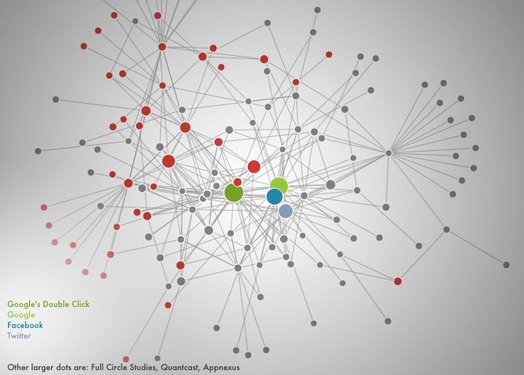Delay your decisions

I design very little upfront. Sometimes I need to make an estimation, I design a little more. Sometimes the project is hardly specced and there is a lot of exploring to do.
In this post I would like to give a demonstration of how a recent project developed.
Initial stage
> Client: “We want a fancier frontend for our data”.
> Me: “Sure, any limitations?”
> Client: “We give you 4 months”
> Me: “Can I use any tech I want?”
> Client: “Na, we want to be able to continue on what you’re going to create, so please use P, X, Y and/or Z.”
> Me: “Sure, P is not my favourite, but some time ago I’ve dealt with it, so ok, we keep it simple anyway.”
The plan that followed:
Initially I thought I could fancy up the CSS, but the old product was in a very bad state and not really maintainable. So I decided to create a thin API layer in P (yes of PHP), a modern front-end layer in JavaScript using a framework that I co-introduced in the organisation a few years ago (R…

